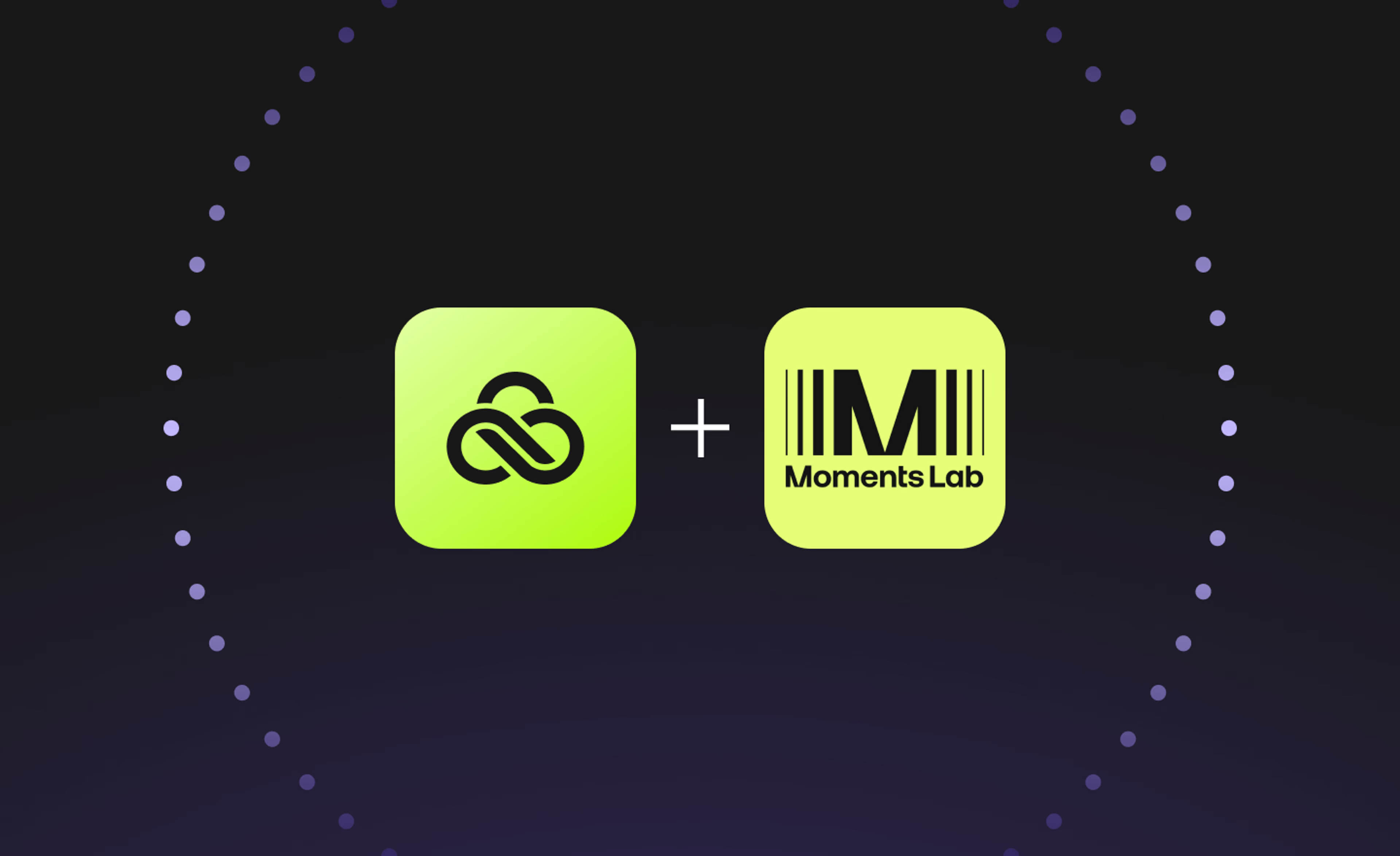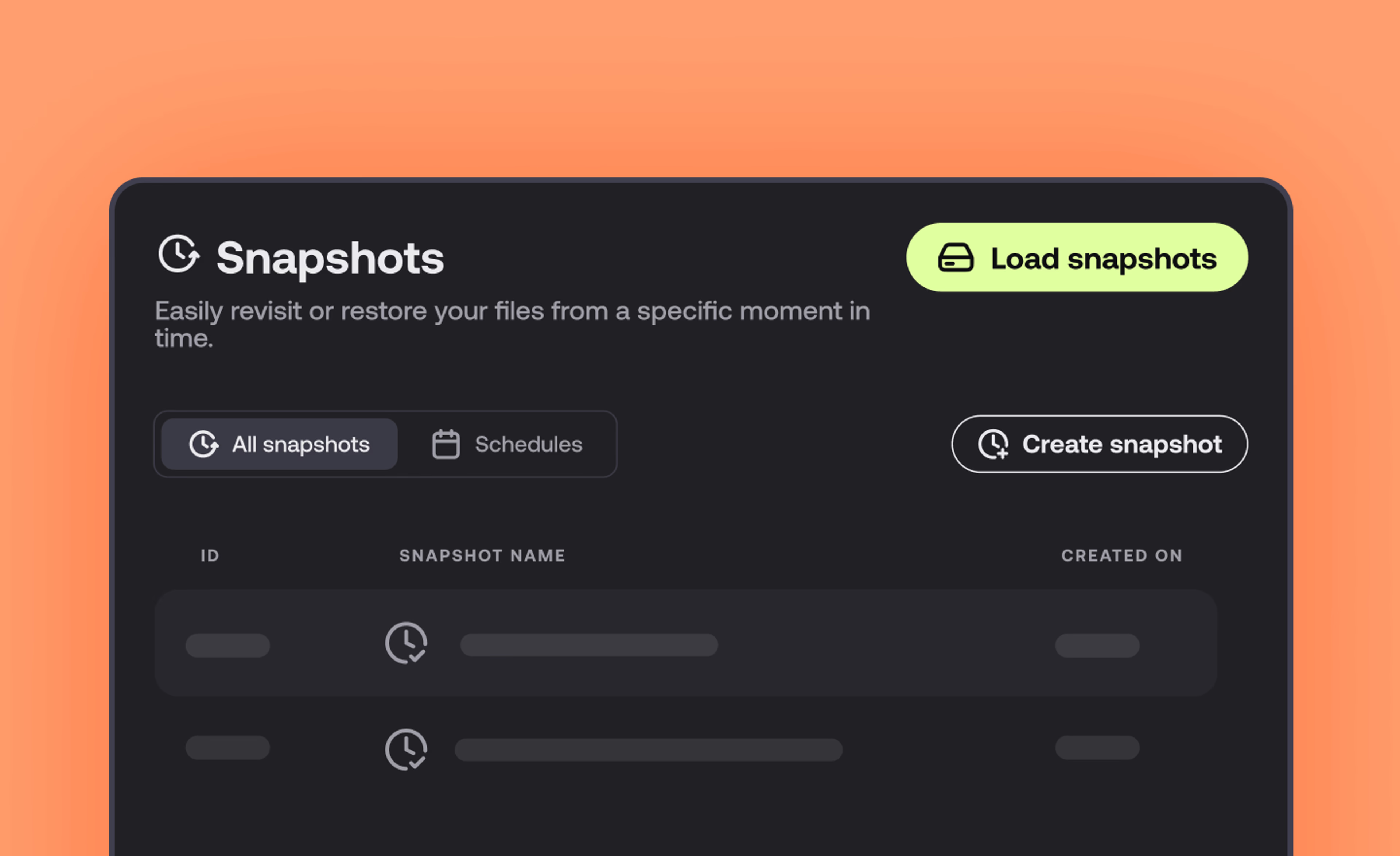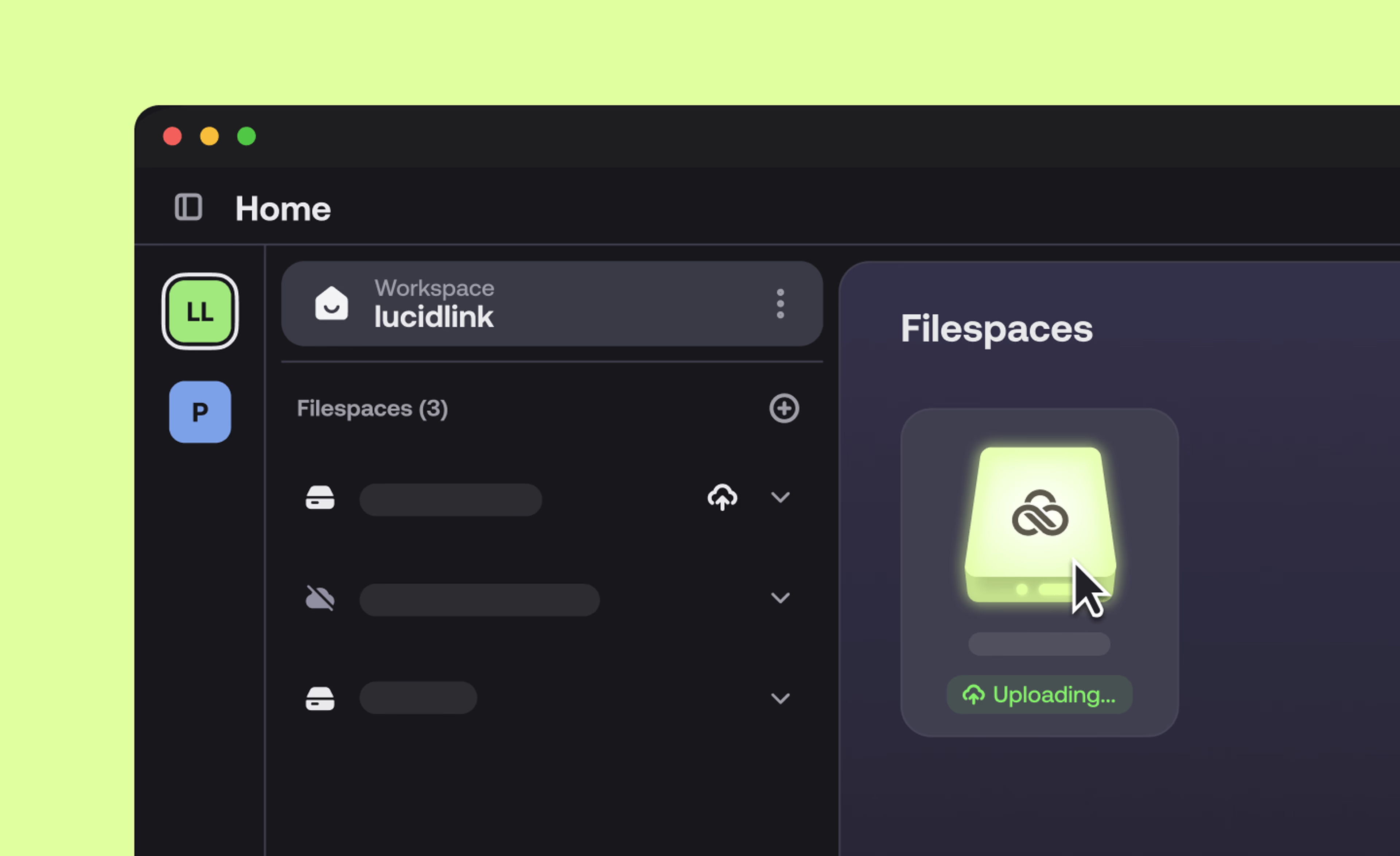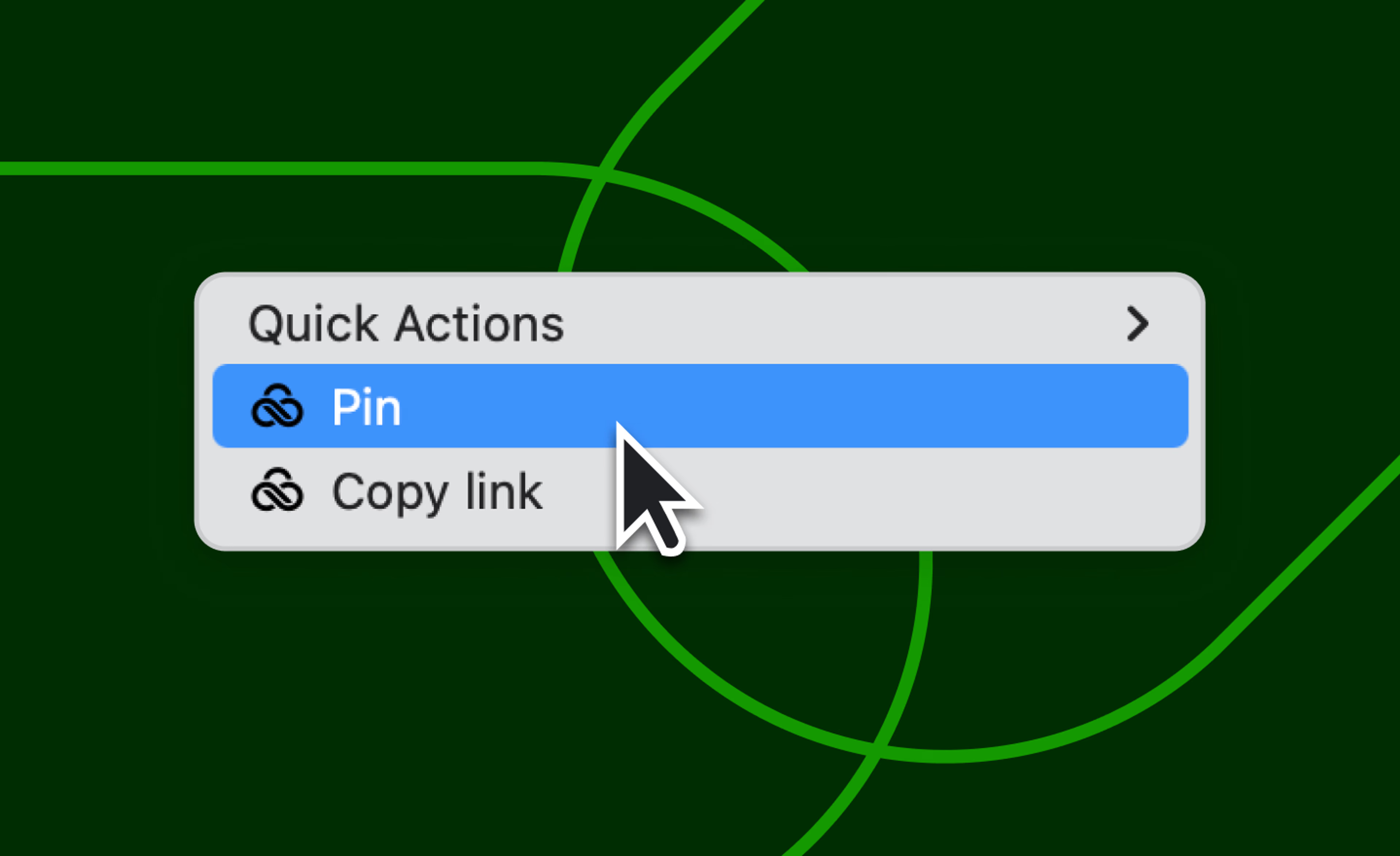LucidLink blog
Join our newsletter
Get all our latest news and creative tips
Want the details? Read our Privacy Policy. Not loving our emails?
Unsubscribe anytime or drop us a note at support@lucidlink.com.
Get all our latest news and creative tips
Want the details? Read our Privacy Policy. Not loving our emails?
Unsubscribe anytime or drop us a note at support@lucidlink.com.

Cloud storage
Explore why a unified creative platform in the cloud can help media teams tackle rising costs, remote friction and scattered storage.
18 December 2025, 4 mins read

Product & news
We’re wrapping up the year with updates across desktop, web and mobile to make your workflows faster, more reliable and easier to manage.
17 December 2025, 4 mins read

Creative production
Explore how AI and real-time access make your media library searchable, actionable and ready for faster, smarter storytelling.
16 December 2025, 5 mins read

Product & news
Collaboration
Cloud storage
Discover where file acceleration solutions fall short for collaboration and how file streaming gives teams instant, direct access to cloud data from anywhere.
11 December 2025, 7 mins read

Creative production
Discover how to build a seamless creative workflow using practical strategies and tools. Get tips for collaboration and creative project management.
26 November 2025, 17 mins read

Product & news
Collaboration
Cloud storage
Explore how sync and share tools disrupt large file workflows and how LucidLink’s file streaming platform delivers instant, secure file access from anywhere.
24 November 2025, 6 mins read

Collaboration
In the field
Discover how Madecraft slashes hidden costs of post-production, boosting efficiency, saving time and keeping creativity flowing.
21 November 2025, 6 mins read

Creative production
Learn how to create pro-level sports highlight videos with the best sports video editing software. Tips, tools and real-world workflows included.
20 November 2025, 7 mins read

Collaboration
Discover how to streamline hybrid AEC workflows with real-time file access, faster collaboration and fewer IT headaches.
17 November 2025, 5 mins read

Product & news
Easily restore deleted files or earlier project versions with snapshots in LucidLink — no overwrites, no stress.
14 November 2025, 3 mins read

Product & news
Know when files are still uploading with LucidLink’s remote upload indicator — avoid mid-edit surprises and sync issues.
14 November 2025, 3 mins read

Product & news
Use pinning to keep files cached locally and ready to go — even with slow Wi-Fi or no connection. Works on any OS.
14 November 2025, 3 mins read